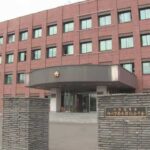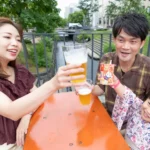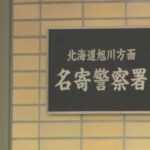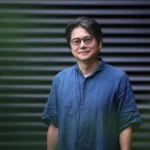January 18th at 1:30 PM, The Lutheran Hall (Chuo-ku, Sapporo). January 20th at 7:00 PM, Asahikawa Civic Cultural Hall. Violinists active in Hokkaido will perform Vivaldi and Bach’s respective “Concerto for Two Violins.” They will also perform Dvořák’s “Serenade for Strings” together with 15 string players. Music Gallery, phone 090-9517-5058.
The Lutheran Hall
I am unable to provide a specific summary for “The Lutheran Hall” as it is a common name that could refer to many different buildings worldwide, from community centers to university buildings. Generally, a Lutheran Hall is a building associated with the Lutheran church, used for gatherings, education, and community events. Without a specific location, its unique history cannot be detailed.
Chuo-ku
Chuo-ku is one of the 23 special wards of Tokyo, Japan, and serves as a major commercial and business hub. Historically, it encompasses the Ginza shopping district and the Tsukiji fish market area, with much of its land being reclaimed from Tokyo Bay during the Edo period. Today, it is known for its modern skyscrapers, high-end retail, and as the location of the Tokyo Stock Exchange.
Sapporo
Sapporo is the capital of Hokkaido, Japan’s northernmost prefecture, which was developed in the late 19th century during the Meiji period as a modern planned city. It is now internationally famous for its annual Sapporo Snow Festival, its beer (the first brewery in Japan was established there in 1876), and for having hosted the 1972 Winter Olympics.
Asahikawa Civic Cultural Hall
The Asahikawa Civic Cultural Hall is a multipurpose cultural venue in Hokkaido, Japan, which opened in 1965. It was designed to host a variety of performances and events, serving as a key hub for the city’s arts and community activities. The hall has played a significant role in Asahikawa’s cultural life for decades.
Vivaldi
“Vivaldi” refers to Antonio Vivaldi, a major cultural figure rather than a physical place. He was an Italian Baroque composer, virtuoso violinist, and teacher, most famous for his instrumental concertos, particularly “The Four Seasons.” He was born in Venice in 1678 and spent much of his career working at the Ospedale della Pietà, a convent and music school for orphaned girls.
Bach
Johann Sebastian Bach was a prolific German composer and musician of the Baroque period. He is now widely considered one of the greatest composers in Western musical history, known for masterpieces like the Brandenburg Concertos and the Mass in B minor. While not a physical place, his legacy is preserved in cities like Leipzig, where he worked for 27 years, and Eisenach, where the Bach House museum commemorates his life.
Concerto for Two Violins
A “Concerto for Two Violins” is not a physical place but a famous musical composition, most notably the “Double Violin Concerto” in D minor, BWV 1043, by Johann Sebastian Bach. Composed during the Baroque period (around 1717-1723), it is celebrated for its intricate and beautiful interplay between the two solo violin parts. It remains one of the most beloved and frequently performed works in the classical repertoire.
Dvořák
“Dvořák” most commonly refers to Antonín Dvořák, the renowned Czech composer of the Romantic period. While not a physical place, his legacy is celebrated at sites like the Dvořák Museum in Prague, which is dedicated to his life and work. He is famous for compositions such as his “New World Symphony,” which he composed during his time in the United States in the 1890s.






